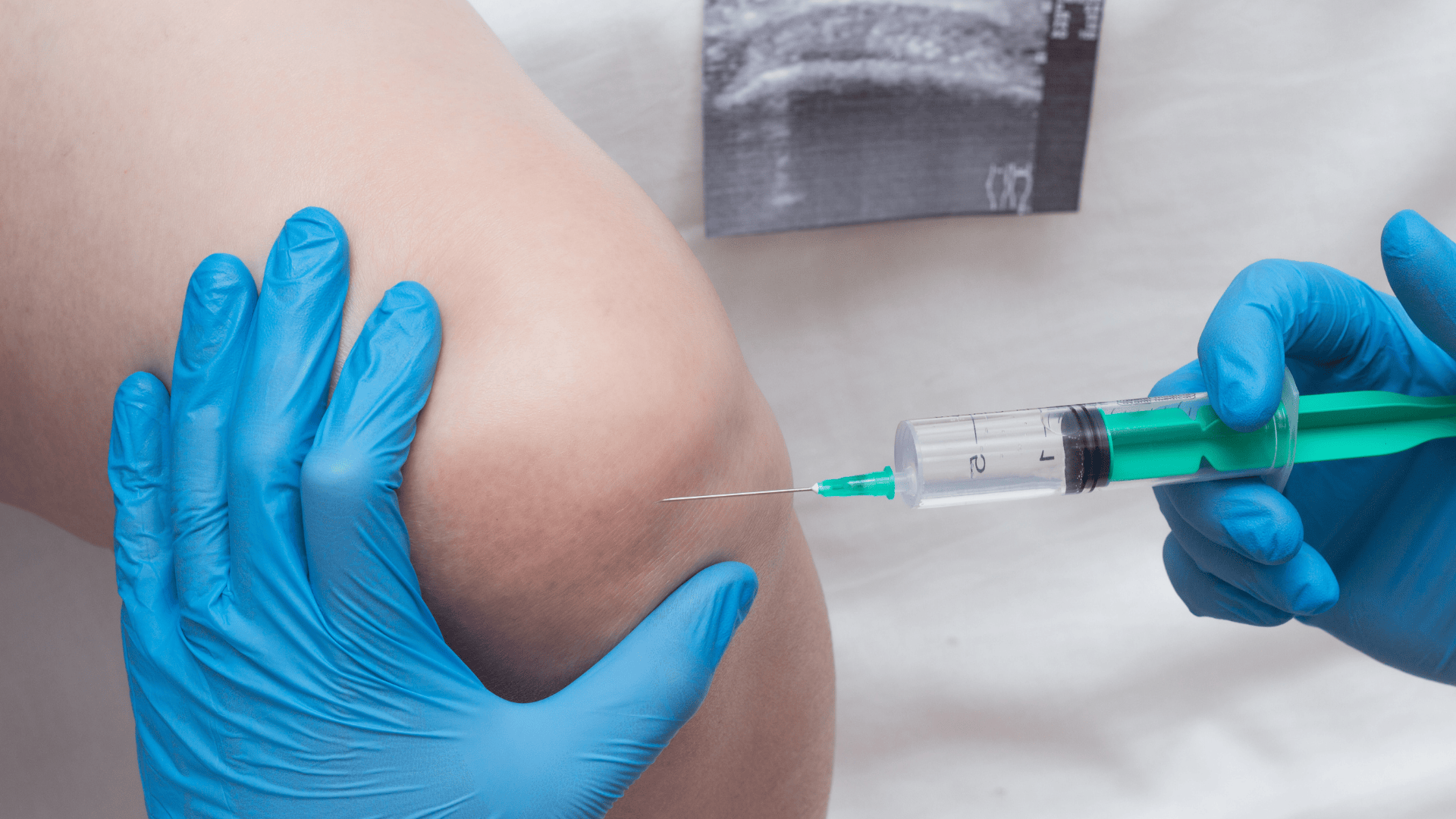What to Expect with SI Joint Injections in Atlanta

If you’re dealing with persistent lower back, hip, or buttock pain—especially pain that gets worse with walking, sitting, or even rolling over in bed—you may be suffering from SI (sacroiliac) joint dysfunction. The SI joints, located where your spine meets your pelvis, play a crucial role in supporting your upper body and absorbing impact as you move. When these joints become inflamed or irritated, the pain can be debilitating, yet often misdiagnosed as general back or sciatic nerve pain.
Many patients go months—or even years—without realizing that their SI joint is the true source of their discomfort. That’s where SI joint injections come in. These simple, outpatient procedures can both diagnose and treat the pain quickly and effectively.
At Medici Orthopaedics & Spine, we specialize in image-guided SI joint injections in Atlanta and the surrounding areas. These minimally invasive treatments are designed to provide targeted relief, reduce inflammation, and improve your ability to move and function comfortably again.
Understanding the Sacroiliac (SI) Joint
What Is the SI Joint?
The sacroiliac (SI) joint is located where the sacrum (the triangle-shaped bone at the base of your spine) connects to the iliac bones of your pelvis. You have two SI joints—one on each side of the lower back. These joints are essential for stability, acting as shock absorbers that transfer weight between your upper body and legs during walking, sitting, standing, and lifting.
While the SI joint allows for very little motion, when inflammation, injury, or misalignment occurs, it can lead to significant pain and dysfunction.
What Causes SI Joint Pain?
SI joint pain can develop from a wide range of causes, including:
- Inflammation (Sacroiliitis):
Irritation within the joint space itself, often due to repetitive stress or autoimmune conditions. - Traumatic Injury or Strain:
Car accidents, falls, or lifting injuries can disrupt the joint’s normal mechanics. - Pregnancy-Related Changes:
Hormonal shifts and added stress on the pelvis during pregnancy can stretch and destabilize the SI joint. - Arthritis or Degeneration:
Like other joints, the SI joints can become arthritic with age, leading to stiffness and inflammation. - Spinal Misalignment or Leg Length Discrepancy:
Uneven movement mechanics can place excess pressure on one or both SI joints.
Common Symptoms of SI Joint Dysfunction:
If you're wondering whether your pain could be related to your SI joint, watch for these common signs:
- Pain on one side of the lower back or buttocks
- Pain that worsens with prolonged standing, sitting, or climbing stairs
- Stiffness or instability when transitioning from sitting to standing
- Radiating discomfort into the hip, groin, or upper thigh
- Difficulty lying flat or sleeping comfortably
If these symptoms sound familiar, a targeted SI joint injection could help both diagnose and relieve your pain—quickly and safely.
What Are SI Joint Injections?
Purpose of SI Joint Injections
SI joint injections serve two key purposes:
- Diagnostic – To confirm that the SI joint is the actual source of your pain. If your symptoms improve after the injection, it helps your provider rule out other causes such as herniated discs or hip issues.
- Therapeutic – To reduce inflammation and block pain signals from the joint, offering relief that may last for weeks or even months depending on the severity of your condition.
These injections are a safe, targeted way to improve mobility, reduce discomfort, and restore quality of life without major intervention.
What’s in the Injection?
SI joint injections typically contain:
- A local anesthetic (such as lidocaine) to numb the area and provide immediate—but temporary—relief
- A corticosteroid to reduce inflammation inside the joint for longer-term pain relief
- In some cases, contrast dye is used to help the provider visualize the joint clearly during the procedure
At Medici Orthopaedics & Spine, all SI joint injections are performed using fluoroscopic (X-ray) or ultrasound guidance to ensure maximum accuracy and safety.
When Are SI Joint Injections Recommended?
You may be a candidate for an SI joint injection if:
- You’ve experienced ongoing lower back, hip, or buttock pain that hasn’t improved with conservative care
- Imaging or a physical exam suggests the SI joint as the pain source
- You’re unable to participate in physical therapy due to uncontrolled pain or inflammation
- You’re looking for a non-surgical, non-opioid pain management option
SI joint injections are often part of a comprehensive treatment plan that includes physical therapy, stretching, myofascial release, or regenerative medicine—helping you not just feel better, but heal better.
What to Expect During the Procedure
Step-by-Step Process: What Happens During the Injection
Here’s what you can expect from the procedure, which typically takes 20–30 minutes from start to finish:
- Positioning – You’ll lie face down on the procedure table with pillows or padding to keep you comfortable.
- Numbing the Skin – The injection area is cleaned and prepped. A small amount of local anesthetic is used to numb the skin and tissue around the joint.
- Imaging for Precision – Using fluoroscopy (X-ray) or ultrasound, your provider carefully guides a thin needle directly into the sacroiliac joint for precise placement.
- Injection of Medication – Once in position, a combination of corticosteroid (to reduce inflammation) and local anesthetic (for immediate relief) is injected into the joint space.
- Monitoring – You’ll be monitored briefly after the procedure to ensure no immediate side effects and that you feel well before discharge.
Comfort Level: What You’ll Feel
Most patients find SI joint injections to be very tolerable, especially with the use of local anesthesia.
- You may feel mild pressure or a pinching sensation as the needle is guided into place.
- Some patients describe a brief ache or warmth as the medication is injected.
- The entire injection itself typically lasts just a few minutes.
If you’re feeling anxious or have a lower pain threshold, our team will work with you to ensure the experience is as calm and comfortable as possible.
After the Injection: Recovery & Results
Immediately After the Injection
- Brief Recovery Period: You’ll rest comfortably in our observation area for about 15–30 minutes so our team can monitor your response and ensure you’re feeling well before you head home.
- Mild Numbness or Soreness: It’s normal to feel some numbness, pressure, or mild soreness at the injection site. This usually resolves within a day.
- Pain Relief Tracking: You may be asked to monitor your pain levels over the next few hours. Since the local anesthetic provides short-term relief, your immediate response can help confirm whether the SI joint is the true source of your discomfort.
Post-Procedure Guidelines
To maximize the effectiveness of your injection and prevent complications:
- Avoid strenuous activity (heavy lifting, running, bending, etc.) for the first 24–48 hours.
- Resume light activity as tolerated, such as walking or light household tasks, after the first day.
- Apply ice packs to the injection site if there’s any residual soreness or swelling.
- Continue any medications as advised by your provider unless otherwise instructed.
If you experience any unusual symptoms (fever, redness, persistent swelling), contact your care team immediately.
When to Expect Relief
- Immediate Relief: The local anesthetic in the injection often provides temporary relief within the first few hours. This is short-lived but helps with diagnostic accuracy.
- Delayed Relief from Steroids: The corticosteroid component begins working over 2–5 days to reduce inflammation and provide longer-lasting pain relief.
- Duration of Results:
Relief can last anywhere from several weeks to a few months, depending on the severity of the condition, your activity level, and whether you incorporate follow-up care such as physical therapy or rehab.
For many patients, SI joint injections are a game-changing first step in a broader plan to regain mobility and live pain-free.
A Precise, Effective Step Toward Lasting Relief
SI joint injections are a safe, minimally invasive, and highly effective tool for both diagnosing and managing sacroiliac joint dysfunction. Whether your pain is sharp and sudden or dull and persistent, these injections can help pinpoint the source of your discomfort and deliver targeted relief—often without the need for surgery or long-term medication.
If you're struggling with pain that affects your ability to walk, sit, sleep, or move comfortably, an SI joint injection could be the first step toward real, lasting improvement. At Medici Orthopaedics & Spine, we use advanced imaging guidance and personalized care plans to help you get back to the life you love—pain-free and confident in your movement.
📞 Call us today at 1-844-328-4624 to schedule your consultation.
📍 Visit our surgical centers in Marietta and Snellville, or our clinics in Kennesaw and Buckhead.
💻 Click here to book online and take your first step toward lasting pain relief.









